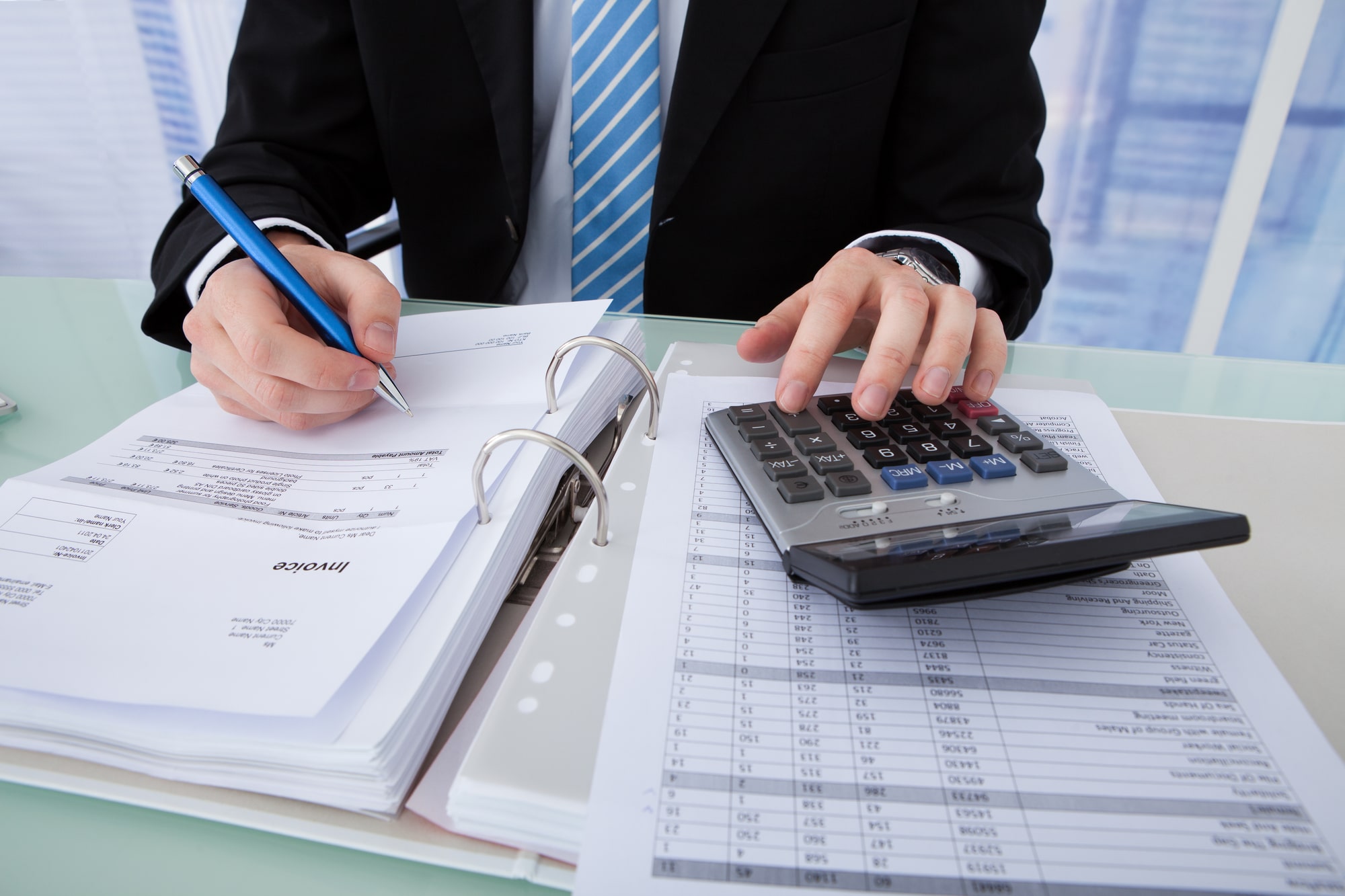Facing financial difficulties can be overwhelming, but consumer bankruptcy offers a legal pathway to manage or eliminate debts and start anew. Understanding the types of consumer bankruptcy, the process, and its impacts is crucial for making informed decisions. This post provides a comprehensive overview of consumer bankruptcy, aiming to demystify the process and highlight its potential benefits and drawbacks.
Types Of Consumer Bankruptcy
The two most common forms of consumer bankruptcy in the United States are Chapter 7 and Chapter 13:
Chapter 7 Bankruptcy: It can lead to the discharge of most unsecured debts like credit card debts and medical bills. Known as liquidation bankruptcy, Chapter 7 involves the sale of certain assets to pay off debts. Not everyone qualifies for Chapter 7, as it requires passing a means test based on income.
Chapter 13 Bankruptcy: This is a reorganization bankruptcy, where debtors keep their property but must adhere to a repayment plan over three to five years. Chapter 13 is suitable for individuals with a regular income who can pay back a portion of their debts.
The Bankruptcy Process
Filing for bankruptcy involves several steps:
1. Credit Counseling: Before filing, debtors must complete a credit counseling course from an approved agency.
2. Filing the Petition: The bankruptcy process formally begins with the filing of a petition in bankruptcy court. This includes detailed information about debts, income, assets, and expenses.
3. Automatic Stay: Upon filing, an automatic stay goes into effect, halting most collection actions against the debtor, including calls, letters, and lawsuits.
4. Meeting of Creditors: Also known as the 341 meeting, this is a chance for creditors to ask questions about the debtor’s financial situation.
5. Debt Discharge: In Chapter 7, most unsecured debts are discharged after the assets are liquidated. In Chapter 13, debts are discharged after the completion of the repayment plan.
Is Bankruptcy Right For You?
Consider the following before deciding:
– Evaluate All Options: Explore alternatives like debt settlement or consolidation.
– Understand the Long-term Impact: Weigh the immediate relief against long-term credit implications.
– Seek Professional Advice: Consult with a bankruptcy attorney. Resolve Law Group’s team is experienced and willing to help you understand the best course of action for your specific situation.
Consumer bankruptcy offers a structured path for those struggling with insurmountable debts. Whether it is liquidating assets under Chapter 7 or reorganizing debt in Chapter 13, bankruptcy can provide a much-needed fresh start. However, it is important to fully understand the implications and seek professional guidance to navigate this complex legal process effectively.
Contact a bankruptcy lawyer today to determine which bankruptcy strategy is best for your specific case.

